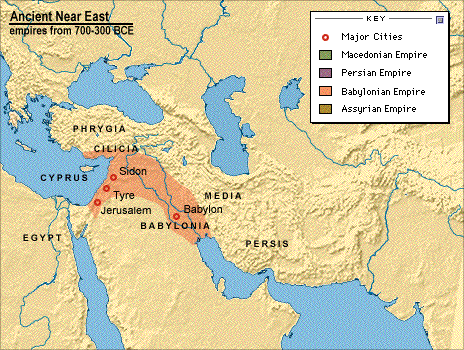Rox Populi’s list of popular political films is topped by my personal favourite, Wag the Dog. It’s especially timely that Marc posted a pointer to Rox Populi’s entry on this topic given that I just saw the movie recently on DVD. Of particular note on the DVD version of the film is a set of spectacular extra features that examine the history of political films that have focused on the topic of big government/big media pulling the wool over the public’s eyes.
The DVD’s first special feature, “The Line Between Truth and Fiction”, does a fantastic job of tracing the history of government and private industry employing the media to distort the public’s perception of war and the motivation for going to war for political gain and personal profit. In particular, the feature highlights William Randolph Hearst‘s brand of “yellow journalism” during the Spanish-American War (“You furnish the pictures and I’ll furnish the war.”), D.W. Griffith‘s re-editing of enemy film footage to create pseudo-documentaries during WWI, and Leni Reifenstaht‘s pro-Nazi propaganda film “Triumph Des Willens“, a film that, according to Goebbels himself, trained the population to “obey a law they did not even know but which they could recite in their dreams.” While we may snigger at the thought that people could be so easily conditioned, the feature points to the “Triumph Without Victory” report on the 1991 Gulf War, which scrutinized the events of the war and concluded that the coverage of the war was heavily sanitized and manipulated to curry support for the war.
“The Line Between Truth and Fiction” provides a great overview of influential political/media-centric films, including:
- Citizen Kane
- The Front Page/His Girl Friday
- Meet John Doe
- Mr. Smith Goes to Washington
- Ace in the Hole
- A Face in the Crowd
- The Manchurian Candidate
- Medium Cool
- Capricorn One
- Network
- Being There
- The War Room
- Feed
The second special feature, titled “From Washington to Hollywood and Back”, closes with an interview with the director of Wag the Dog, Barry Levinson:
Q: So, will the next generation be able to tell the difference between real news and news that has been faked?
Barry Levinson: We only have certain visual images of the Gulf War – it’s almost like a shared, you know, collective. You say, well my God, how come we don’t have…that was it? That was all we got from it? It was incredibly controlled, and you could have faked any one of those pieces very easily – the way they show, you know, the building and whatever – you could fake all of that. And that was one of the things, when David Mamet and I were discussing this project, is how much you can fake. By the time, if you find out that it’s not true, it doesn’t matter – we’re onto the next thing. The possibility of faking images, it’s certainly possible. Will it happen, to what extent it will happen, you know, that’s the basis of Wag.
Truer words could not have been spoken. After all, a disturbing percentage of Americans still believe Iraq had weapons of mass destruction and ties to Al-Qaida, despite evidence to the contrary.
Will it be different in the future? We can only look with intense interest to the blogger coverage of the upcoming Democratic National Convention. Though print, radio, and television reporters once had unrestricted access to the “behind the scenes” politicking, that access was soon terminated once politicians understood the power of the media in molding the public’s perceptions of them and the issues. As politicians and the media became more interdependent on each other, this cozy relationship spawned “a generation of reporters and politicians who were no longer looking at each other like strangers, but as classmates agreeing not to tell on each other”? Will bloggers fall into the same trap? Only time will tell.

